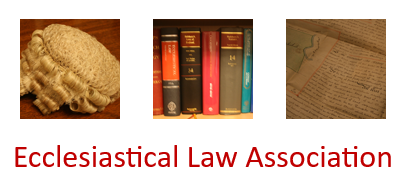The churchwardens and fabric officer of the church petitioned for a confirmatory faculty in relation to works of refurbishment to the area for cremated remains in the churchyard, which was surrounded by stone flags. Over a period prior to the summer of 2015 there had been complaints about the untidiness of the area and nine further interments of ashes had taken place outside the area, which had become full. The PCC, without a faculty, extended the area from 32 plots to 106 plots, replaced the turf with gravel, and constructed a low wall surmounted with stone around the enlarged plot. Following the discovery of the works by the Archdeacon, an application was made for a confirmatory faculty. The Chancellor was very concerned about the works, both from an aesthetic point of view and more importantly because of potential future maintenance issues. She granted a faculty for a limited period of 10 years, after which the situation should be reviewed.

